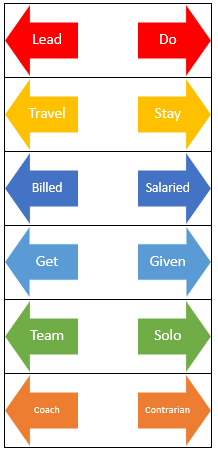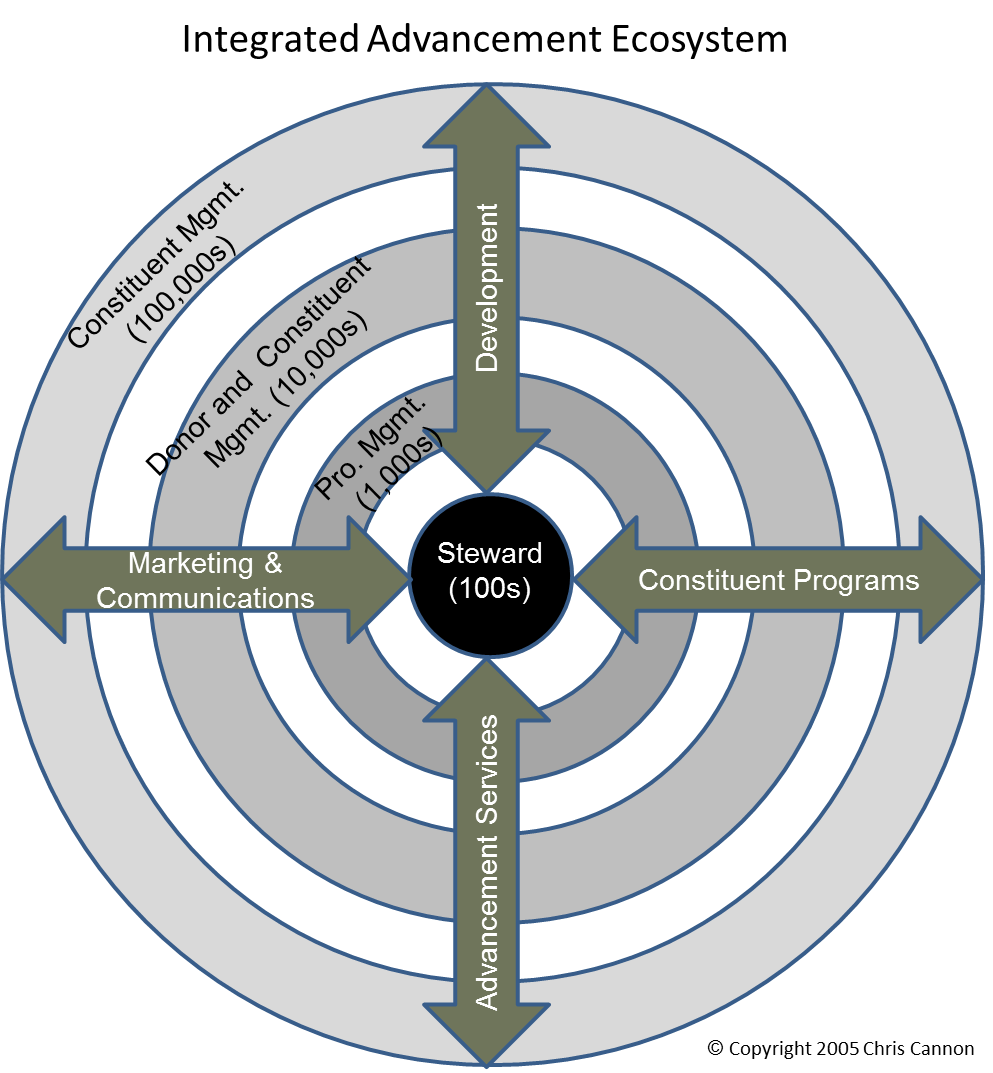I (well, the whole Zuri team, really) have the good fortune of helping dozens of clients figure out their successful CRM Implementation. Should they stay or should they go? Go where? When? How much will it take? And, what should they do about that athletics/marketing automation/grateful patient/data analytics/[insert here] tool? A well-organized selection process (see some ideas on that here) should have you well-positioned. And, ideally these 5 considerations for successful CRM implementation should be dialed in…but, too often, they remain unresolved after selection and can derail implementation.
Once you sign, there will seem like a million issues to consider as CRM implementation begins. Of course, things like an effective kick-off week are important. Logistics, understanding current state practices, etc., etc. all matter. But, as the saying goes “some animals are more equal than others”. As your team is wrestling with getting office space and picking an issues management tool (you know, the easy stuff), here are five things that you MUST handle:
- Culture. The thought leader Peter Drucker stated that “culture eats your strategy for lunch.” All of the planning in the world can fail if you ignore culture. This means analyzing who has hard and soft power in the process, aligning project components with the right players, and maintaining open communications. This also means including the least engaged (and sometimes most hostile) people.
- Gaps. Whatever you buy, no matter how expensive your new CRM, it will have some gaps. Identifying and understanding these is essential to the project’s success. “Gap” may mean some customization that your vendor will build (but has never been done before, may not work, and may push your go-live by 6 months!). “Gap” may mean that Alumni keeps their online engagement tool, despite the potential for moving all functions into one stack. Being thorough and honest here is critical.
- Risks. Culture+Gaps=Risks (well, sort of, you get the point). Of course, not all issues, gaps, or obstacles are really risks. You should track those issues that are identifying, under control, and will require time and attention. But, some things are monsters! Will that Dean go rogue? Did the board approve a budget with enough resources? Will your vendor deliver on time and on budget, despite a track record of overages and shortcomings?
- Timing. Too fast will kill you and too slow will bore you. For big shop, under a year is a pipe dream (and someone will get fired). Much over two years doesn’t tend to match how organizations function, how long leadership stays in place, campaign targets, and other realities. Dialing in culture, spec’ing the gaps, and protecting against risks will help you determine the right length of time. There is also the small matter of when to get started as key institutional dates and calendar and fiscal year-end realities must be accommodated.
- Expectations. When you blend the other four considerations, you will be stuck with countervailing forces…don’t go too fast or too slow…work this into the organization’s calendar that never seems to have a down moment…sell folks on the 360 degree view of CRM knowing it has gaps…persuade folks that technology is key when offline principal and major gifts may drive the bus…which all boils down to managing expectations. A project charter is a great start. Weekly updates, transparency, one-offs with key players, a Champions Committee, and other steps will help. Being disciplined and focused is important. Expectation management cannot be underestimated in successful CRM implementations.
And, one last thought: inherent in all of these considerations is that perhaps most important to success is to be honest. Honest about culture, gaps, risks, timing, and expectations. Because, as we all know, this will be a marathon and not a sprint, it will take a village, and, whenever possible, avoid mirroring the Dilbert cartoons (see below).




